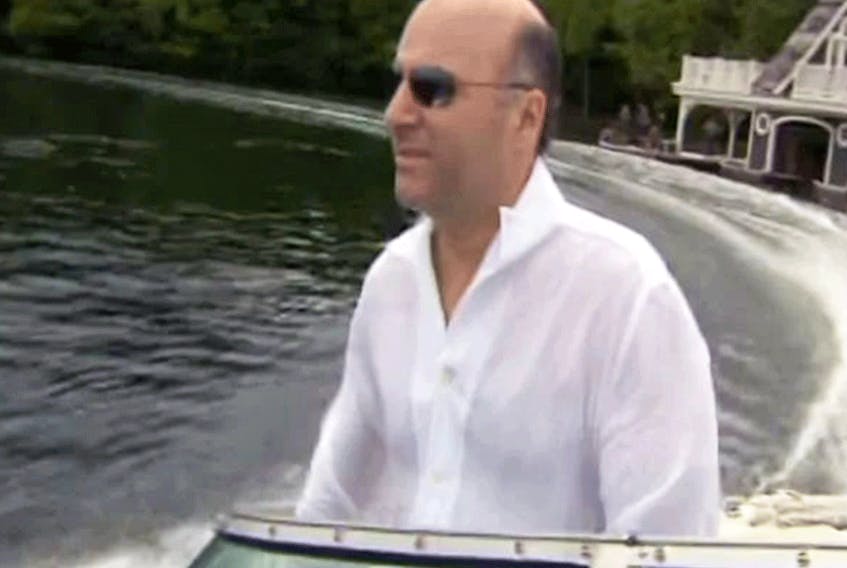The police investigation into the fatal collision involving celebrity entrepreneur Kevin O’Leary’s pleasure boat is complicated by one obvious fact: boats don’t leave skid marks.
After a car collision, forensic investigators often rely on skid marks and debris to understand what happened. Rain might wash away footprints and fingerprints, but rain is no obstacle compared to the body of water surrounding the scene of a boat collision.
“It comes down to contamination of the evidence,” says Kevin Kinsella, a former corporate investigator for the Ontario provincial government and current president of the Chaos Group of Canada, a private investigation and cyber security company. “Water can affect the body, can affect a lot of things … It could take three weeks just to collect the evidence.”
In late August, O’Leary said he was a passenger in a boat collision that killed two people on a lake in the Township of Muskoka Lakes, the heart of Ontario’s cottage country. The victims were 64-year-old Gary Poltash of Florida and 48-year-old Suzana Brito of Uxbridge, Ont.
At the time, Ontario Provincial Police confirmed the two deaths and said two pleasure boats collided on Lake Joseph shortly before midnight on Aug. 24. O’Leary owns a property on the lake. Six days after the collision, City News reported that investigators were trying to recreate the crash and could not rule out alcohol as a factor. The OPP could not confirm these details and have not yet released any findings.
On water, police often mark off a crime scene with buoys, and they alert boaters to keep out of the area by broadcasting a message over a marine radio channel, said Kinsella, who does not know the specifics of the O’Leary crash and was only speaking based on his experience. He said they often chart the grid they plan to search and photograph the site with underwater cameras.
O’Leary, the star of the U.S. show Shark Tank and a former federal Conservative leadership candidate, wrote in a statement he released soon after the crash that the other boat did not have its navigation lights on and fled the scene.
Police have not commented on the navigation lights, but did confirm that both boats left the scene and sought medical help.
Both vessels were transported to the West Parry Sound Detachment for the marine collision and forensic units to inspect, said OPP Const. Joe Scali last month.
To determine if the lights were in fact off, Kinsella explained, investigators would look at the electrical systems to see if the lights were even working, if the fuse was blown and if the switch was on or off.
Dents, holes and chipped paint can also be clues, along with witness statements, as investigators try to determine key details including the speed and path of the boats, impact angle and impact site.
“Debris could sink to a murky seabed or disperse and float away from the impact site,” writes forensic scientist Michael Tay Ming Kiong in a 2010 article in the academic journal, Science and Justice. “If undisturbed, the positions of the throttle, levers, gauges and switches, propellers and rudder provide a critical snapshot of the collision.”
O’Leary’s agent, Jay Sures, told CNN that the entrepreneur’s wife, Linda, was driving the boat at the time of the crash, but police have not confirmed this.
Kinsella expects investigators will need at least six weeks to determine what happened. “Be patient with them,” he said.
Copyright Postmedia Network Inc., 2019









